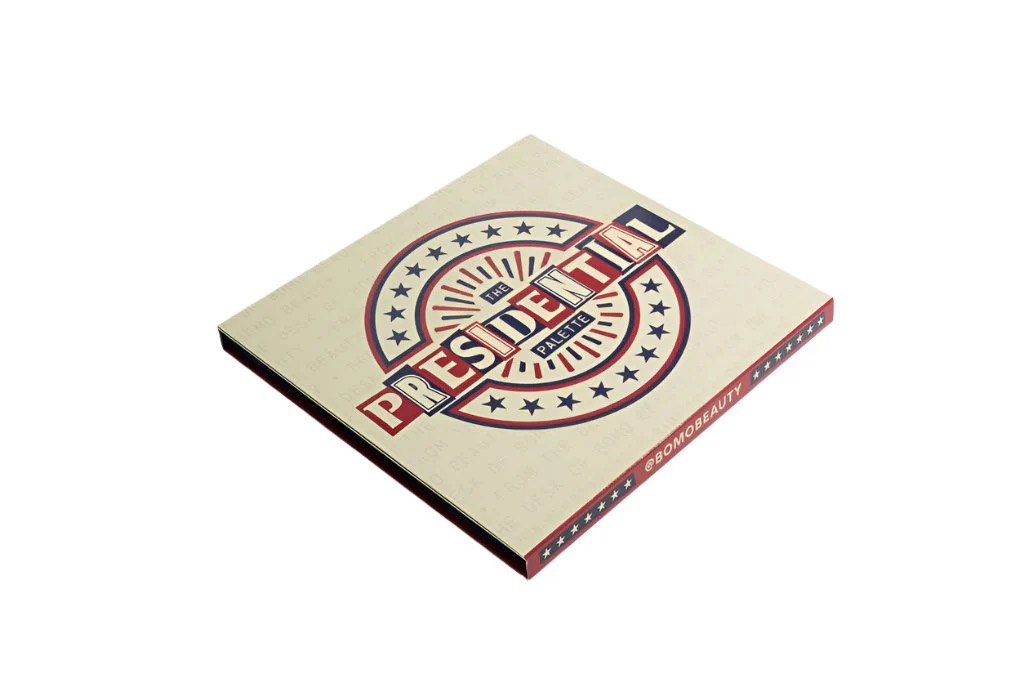
Makeup has played an integral role in shaping perceptions of leadership, beauty, and resilience throughout history. The newly released BOMO Beauty Presidential Eyeshadow Palette, with its numbered shades mimicking the U.S. presidents, is a striking reflection of this. The palette’s uniformity—variations of beige except for the 44th shade, which is brown to represent President Obama—speaks volumes about the relationship between race, power, and public perception. In a subtle yet bold statement, this palette echoes how beauty can be tied to political and cultural narratives.
The influence of makeup in politics goes beyond just symbolism. One key historical example is the 1960 televised debate between John F. Kennedy and Richard Nixon. Kennedy, who wore subtle makeup, appeared composed and vibrant on camera, whereas Nixon, refusing makeup, looked pale and tired under the lights. Many historians argue that Kennedy’s polished appearance swayed TV viewers in his favor, setting the stage for future political candidates to understand the power of visual presentation. This marked a turning point, highlighting how even the smallest beauty decisions—like the choice to wear makeup—could impact political success.


Makeup’s role in shaping political times can also be traced back to earlier eras. During World War II, lipstick became a powerful symbol of resilience. The bold red lip represented strength and defiance, while women working in factories or volunteering during wartime wore makeup to maintain a sense of normalcy and dignity. At the same time, the material scarcity of war also affected the beauty industry. Metal used for compact cases had to be repurposed for the war effort, leading to the innovation of plastic packaging, which revolutionized beauty products long after the war ended.
So, whether through a symbolic eyeshadow palette, the strategic use of makeup by political leaders, or the wartime shift from metal to plastic in beauty packaging, makeup has always mirrored the broader societal and political currents. It raises an interesting question: how much of our understanding of leadership and resilience is colored by our perceptions of beauty and presentation? And in a world where appearance can sway public opinion, how much power does makeup really hold?

